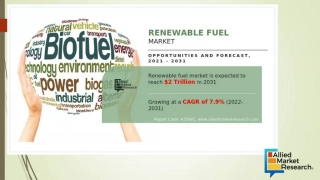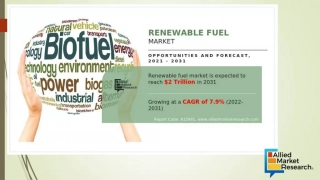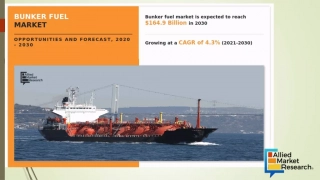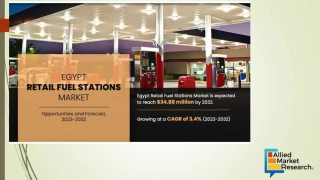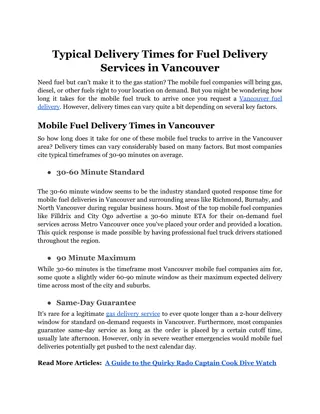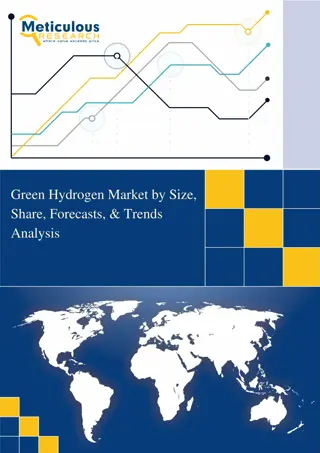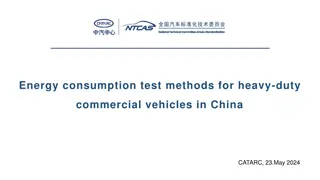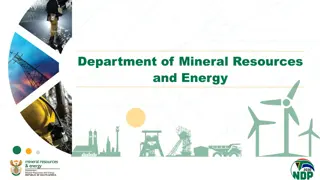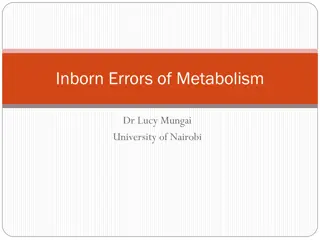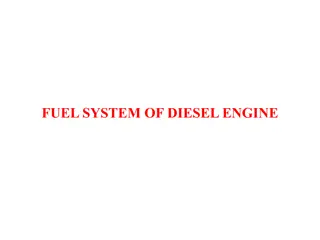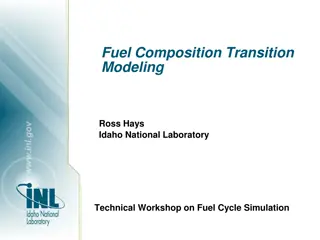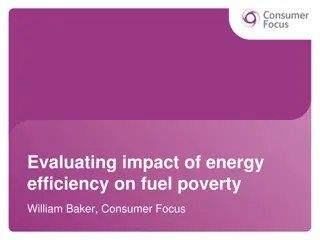
Fuel Metabolism in Brain and Body
Explore the intricate processes of fuel metabolism in the brain and body, from the utilization of glucose as the primary fuel for the brain to the role of ketones in prolonged fasting. Delve into the metabolic profiles of well-fed and postabsorptive states, and discover the metabolic interrelationships within the body. Learn about the importance of continuous glucose supply for optimal brain function and the limitations of fatty acids in crossing the blood-brain barrier. Uncover the significance of glucose and ketones as essential fuel sources for energy production and nerve impulse transmission.
Download Presentation

Please find below an Image/Link to download the presentation.
The content on the website is provided AS IS for your information and personal use only. It may not be sold, licensed, or shared on other websites without obtaining consent from the author. If you encounter any issues during the download, it is possible that the publisher has removed the file from their server.
You are allowed to download the files provided on this website for personal or commercial use, subject to the condition that they are used lawfully. All files are the property of their respective owners.
The content on the website is provided AS IS for your information and personal use only. It may not be sold, licensed, or shared on other websites without obtaining consent from the author.
E N D
Presentation Transcript
P.G. FUEL METABOLISM FUEL METABOLISM VBC-608 Unit-2
Fuel metabolism : In Brain brain represents 2% of total body weight obtains 15% of the cardiac output, uses 20% of total O2, and consumes 25% of the total glucose It consumes about 120 g daily, which corresponds to an energy input of about 420 kcal (1760 kJ), accounting for some 60% of the utilization of glucose by the whole body in the resting state glucose is the primary fuel for the brain glucose uptake into the brain via GLUT 1 and GLUT 3 transporters glycogen levels in the brain are minor, normal function depends upon continuous glucose supply In hypoglycemic conditions, centers in the hypothalamus sense a fall in blood glucose level, and the release of glucagon and epinephrine is triggered
Fatty acids cannot cross the bloodbrain barrier and are therefore not used at all in prolonged fasts does the brain gain the capacity to use ketones for energy, and even then ketones supply only approximately 2/3 of the fuel; the remainder is glucose Much of the energy, estimates suggest from 60% to 70%, is used to power transport mechanisms that maintain the Na+-K+ membrane potential required for the transmission of the nerve impulses Overall, glucose metabolism remains unchanged during mental activity
GLUT3 has a low value of KM for glucose (1.6 mM), which means that it is saturated under most conditions the brain is usually provided with a constant supply of glucose danger point is reached when the plasma-glucose level drops below about 2.2 mM (39.6 mg/dl) and thus approaches the KM value of GLUT3 Fatty acids do not serve as fuel for the brain, because they are bound to albumin in plasma and so do not traverse the blood-brain barrier

